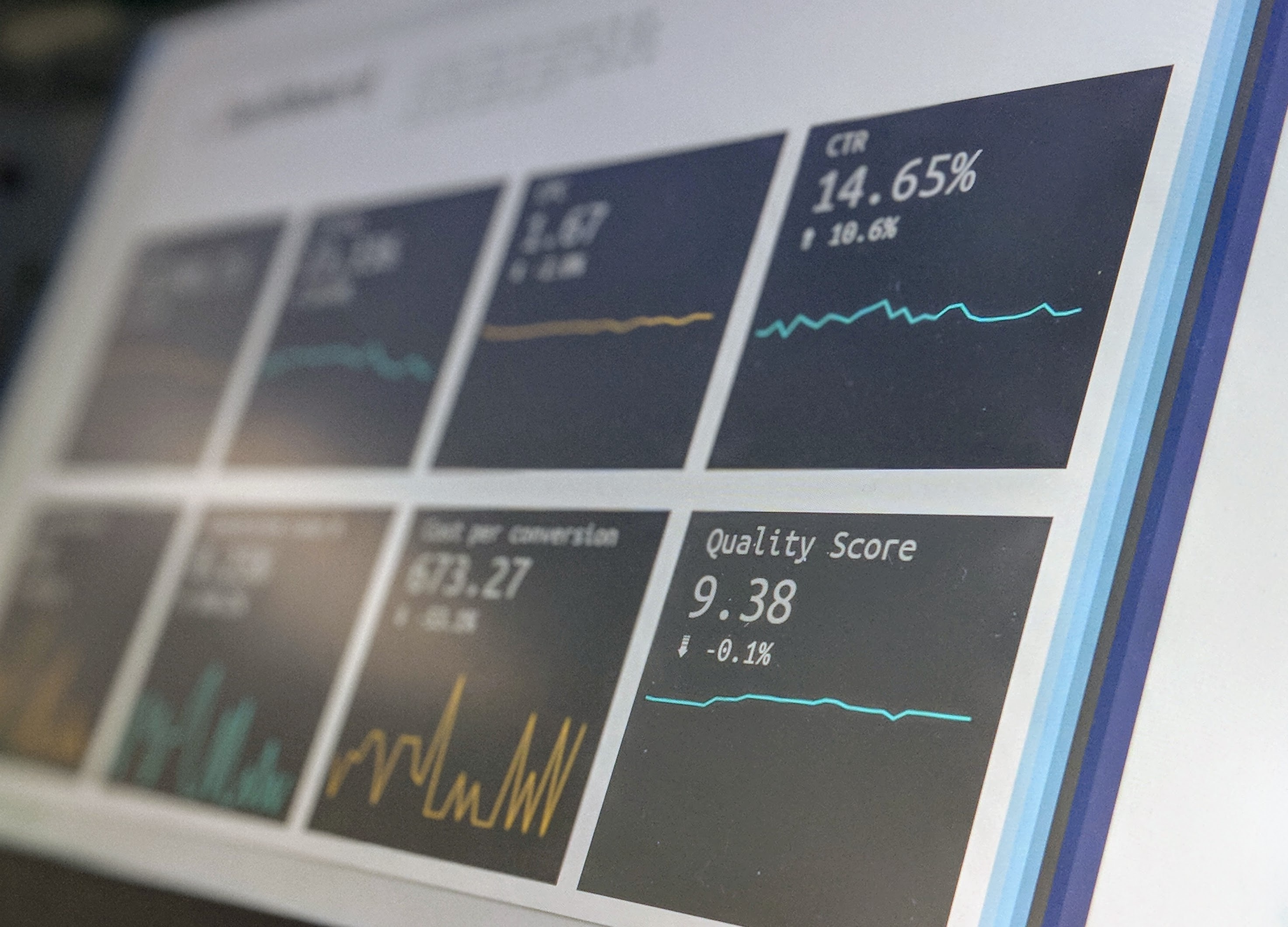
Mobile Application Security Assessment
We turn a digital weak spot into a cyber fortress
iOS and Android Mobile Application Security Assessment
Mobile application penetration testing represents an advanced methodology to scrutinize the security framework of a mobile environment. This strategy offers a deep-dive analysis into the vulnerabilities lurking in the source code, potential bottlenecks, and possible attack vectors - all prior to any actual occurrence. Such proactive measures not only enhance cybersecurity but also instill a resilient defense mechanism within mobile applications, securing them against future threats. This approach ensures a robust shield, safeguarding your digital assets in the mobile landscape
Cybervelia's Mobile Application Security Assessment services, rooted in well-established and universally accepted methodologies, promise to deliver at the very least
Some of the activities during the mobile application security assessment:
Examination of Architecture, Design, and Threat Modelling
Review of Data Storage and Privacy Measures
Assessment of Cryptographic Protocols
Evaluation of Authentication Mechanisms and Session Management
Analysis of Network Communication Pathways
Interaction with Environmental Parameters
Review of Code and Build Settings
Assessment of Authentication Mechanisms and Session Implementation
Static Analysis of the Application Binary
Test for Jailbreak Detection Mechanisms
Evaluation of Potential Broken Access Control
Countermeasure Analysis for SSL Pinning
API Testing for Potential Injection Threats
Assessment of Resilience Against Reverse Engineering

How robust is the security of your mobile application?
Ensure the success and security of your business by not overlooking the importance of regular testing
Protect your business from Cyber-attacks!
Penetration Testing Stages
1. Planning and Reconnaisance
The attack is planned based on the objectives of the agreement
2. Exploration and Mapping
The applications and systems are enumerated to understand how everything works together
3. Vulnerability Exploration
Working manually to find vulnerabilities of the in-scope systems
4. Exploitation and Penetration
Post-Exploitation, Pivoting & Persistency test
5. Reporting and Remediation
Report includes all found vulnerabilities and reproduction steps
6. Improvements & Re-test
A revised report is given including the resolved issues

Certified team
All penetration tests are conducted by an Offensive Security Certified Professional (OSCP).

